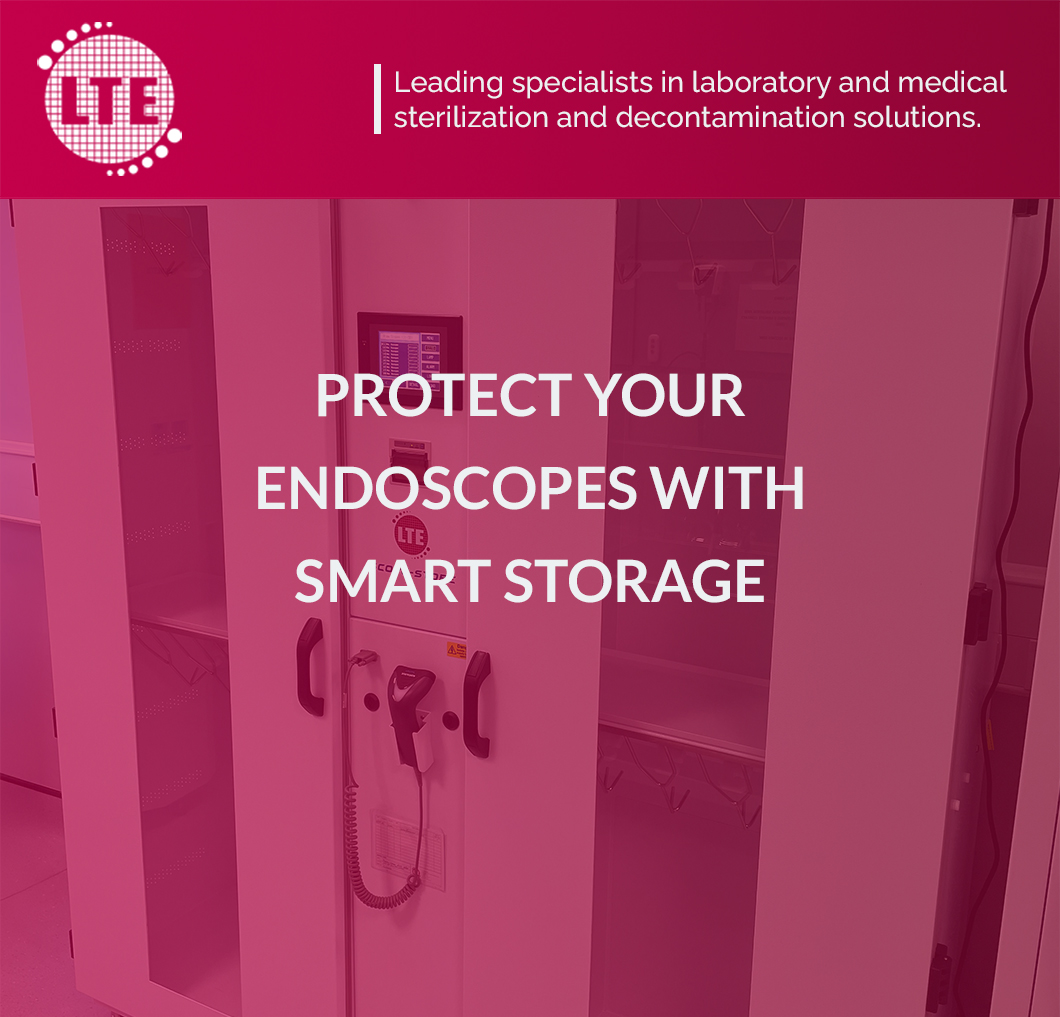How to Prolong the Life of Your Endoscopes
In private sector healthcare, endoscopes are among the most valuable assets in your equipment inventory. These delicate, precision-engineered devices not only represent a significant financial investment but also play a vital role in delivering accurate diagnoses and effective treatment. Ensuring they last as long as possible isn’t just about saving money, it’s about maintaining consistent, high-quality patient care.
One of the most effective ways to extend flexible endoscope lifespan is by reducing unnecessary reprocessing. Every reprocessing cycle subjects the scope to heat, moisture, detergents, and handling. Over time, this repeated exposure contributes to wear and tear on both internal channels and external surfaces. By preventing avoidable reprocessing, you can protect your equipment and safeguard your investment.
Why Reducing Reprocessing Extends Scope Lifespan
Although thorough cleaning and disinfection are vital for infection control, repeated reprocessing can gradually impact the condition of endoscopes. Over time, each cycle could:
- Contribute to gradual erosion of delicate materials inside endoscope channels
- Potentially loosen seals and joints due to repeated mechanical stress
- Effect optical quality over time through exposure to cleaning chemicals and residues
- Increase the risk of handling damage during transport and setup if not managed careful
Reducing unnecessary cycles means less cumulative stress on the device, helping preserve performance and prolong endoscope lifespan without compromising patient safety.
Residual moisture is one of the main contributors to microbial growth and biofilm formation inside endoscopes. This not only creates an infection control risk but can also lead to internal corrosion and blockages.
Using a HEPA-filtered, forced-air drying cabinet, such as LTE’s Scope-Store range, ensures that both internal channels and external surfaces are dried efficiently and consistently. Proper drying also allows scopes to be stored for longer periods without the need for repeated reprocessing, meaning less wear and more availability for patients.
Minimising Wear on Endoscope Channels
Delicate endoscope channels are particularly vulnerable to damage due to:
- Residual moisture caused by inadequate drying, which can promote corrosion and biofilm buildup
- Excessive bending or improper coiling when stored, which can cause kinks or stress fractures
- Physical impact or abrasion from contact with other instruments in crowded or shared storage spaces
Vertical hanging storage with individual channel airflow effectively reduces these risks by keeping scopes suspended without kinks and preventing physical contact between instruments. Additionally, our exclusive 10-shelf storage unit offers an alternative that provides secure, organised storage with ample airflow for drying. Both options maintain a controlled environment to protect the optical and mechanical integrity of your endoscopes.
Best Practices for Private Healthcare Clinics
For private healthcare facilities, where appointment schedules are often tight and patient expectations high, implementing scope-friendly procedures can save time, money, and frustration:
- Use validated drying systems to eliminate residual moisture
- Hang your scopes or carefully place them on shelves in purpose-built cabinets with filtered airflow to ensure thorough drying and protection
- Limit unnecessary handling between procedures and storage
- Document storage times where possible with built-in tracking software to track when reprocessing is required
- Train staff regularly on correct handling and storage protocols
By embedding these practices, clinics can reduce reprocessing frequency, maintain compliance, and extend the service life of each endoscope.
Balancing Compliance with Equipment Longevity
It’s important to stress that reducing reprocessing should never compromise infection control. The goal is to prevent unnecessary reprocessing, those extra cycles triggered purely by poor drying, sub-optimal storage, or uncertainty about how long a scope has been unused.
With the right storage solution, like the Scope-Store drying and storage cabinet, private healthcare providers can confidently balance patient safety with scope preservation—helping maximise uptime, minimise repair costs, and protect their investment.
Key Takeaway
Prolonging the life of your endoscopes isn’t about cutting corners, it’s about working smarter. By investing in proper drying and storage solutions, and by adopting best practices that prevent unnecessary reprocessing, private sector healthcare facilities can enjoy longer equipment lifespan, fewer costly repairs, and consistent patient safety standards.







